A second type of quantum computer has now performed a calculation impossible for a traditional computer.



:3333333
European researchers have unveiled a memory storage device that writes data 1,000 times faster than today’s hard drives while producing little heat.
Andrzej Stupakiewicz from the University of Bialystok in Poland and colleagues used precisely tuned laser pulses to store information on garnet crystal at blistering speeds with very little heat.
The work was published in Nature.

Scientists discovered a strategy for layering dissimilar crystals with atomic precision to control the size of resulting magnetic quasi-particles called skyrmions. This approach could advance high-density data storage and quantum magnets for quantum information science.
In typical ferromagnets, magnetic spins align up or down. Yet in skyrmions, they twist and swirl, forming unique shapes like petite porcupines or tiny tornadoes.
The tiny intertwined magnetic structures could innovate high-density data storage, for which size does matter and must be small. The Oak Ridge National Laboratory-led project produced skyrmions as small as 10 nanometers – 10,000 times thinner than a human hair.
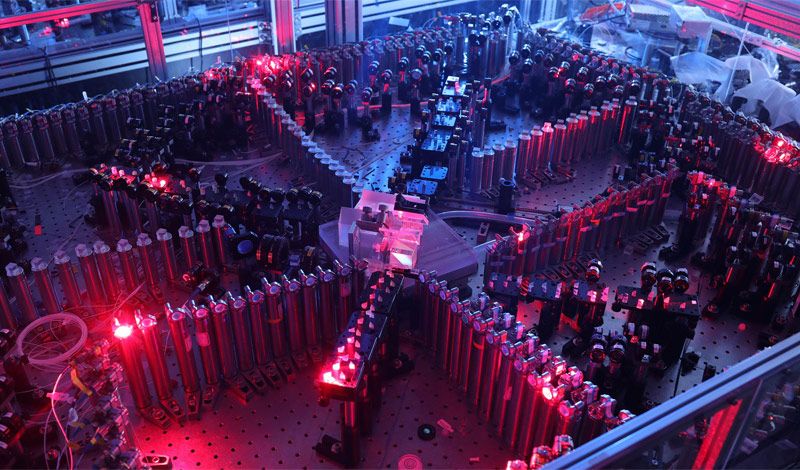
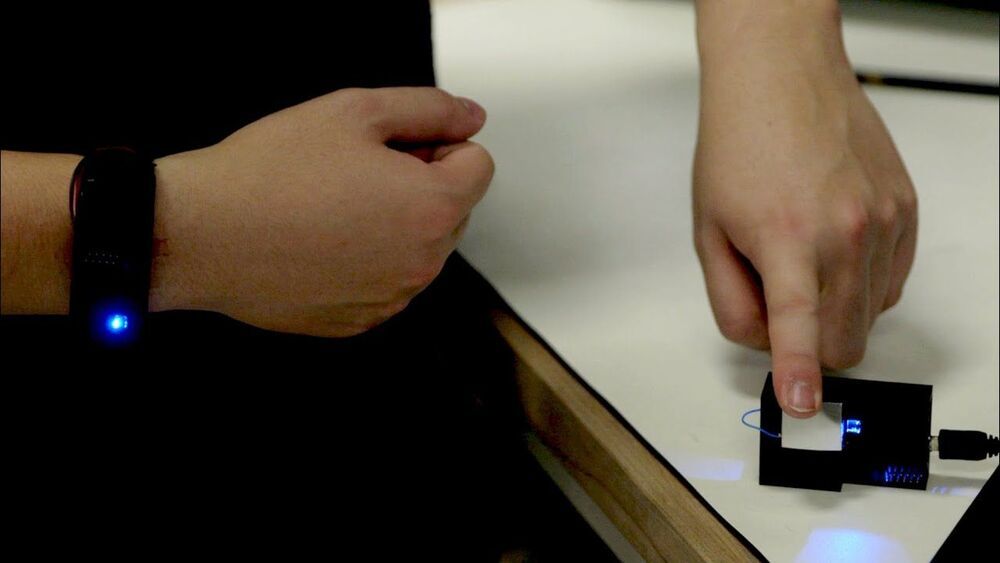
Instead of inserting a card or scanning a smartphone to make a payment, what if you could simply touch the machine with your finger?
A prototype developed by Purdue University engineers would essentially let your body act as the link between your card or smartphone and the reader or scanner, making it possible for you to transmit information just by touching a surface.
The prototype doesn’t transfer money yet, but it’s the first technology that can send any information through the direct touch of a fingertip. While wearing the prototype as a watch, a user’s body can be used to send information such as a photo or password when touching a sensor on a laptop, the researchers show in a new study.
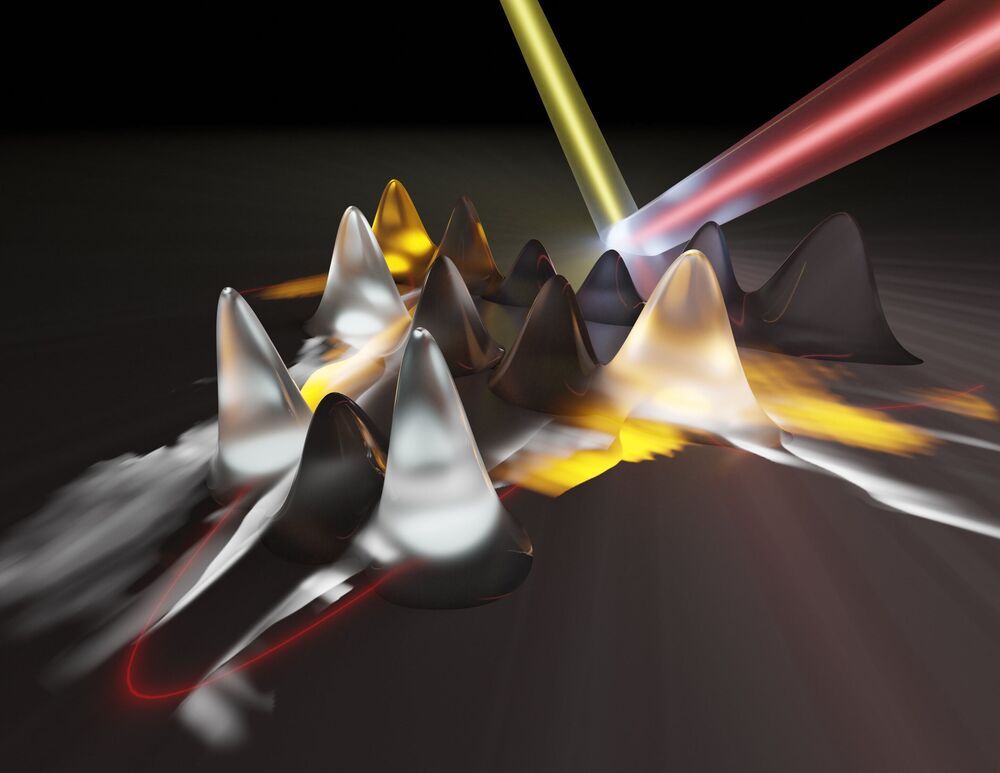
A new tool that uses light to map out the electronic structures of crystals could reveal the capabilities of emerging quantum materials and pave the way for advanced energy technologies and quantum computers, according to researchers at the University of Michigan, University of Regensburg and University of Marburg.
A paper on the work is published in Science.
Applications include LED lights, solar cells and artificial photosynthesis.
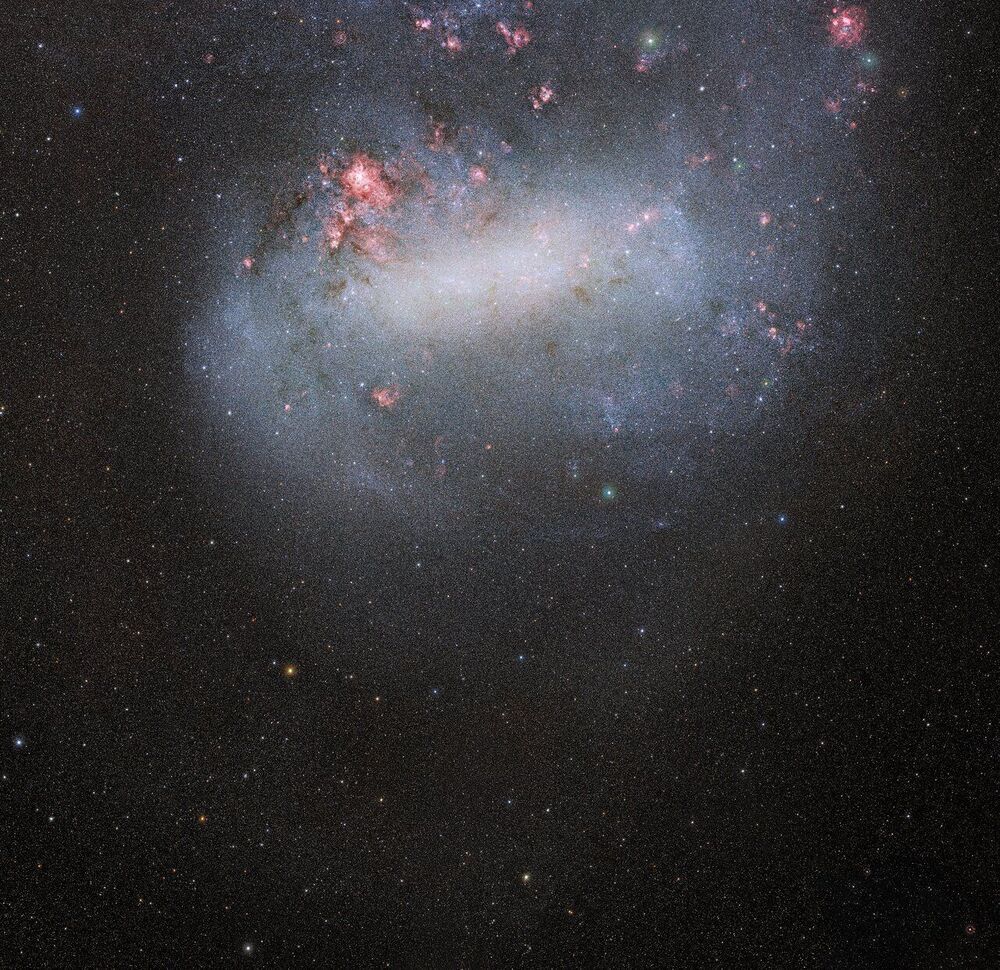
Images from the Survey of the MAgellanic Stellar History (SMASH) reveal a striking family portrait of our galactic neighbors—the Large and Small Magellanic Clouds. The images represent a portion of the second data release from the deepest, most extensive survey of the Magellanic Clouds. The observations consist of roughly 4 billion measurements of 360 million objects.
A sprawling portrait of two astronomical galactic neighbors presents a new perspective on the swirls of stars, gas, and dust making up the nearby dwarf galaxies known as the Large and Small Magellanic Clouds—a pair of dwarf satellite galaxies to our Milky Way. While this isn’t the first survey to map these nearby cosmic siblings—the Survey of the MAgellanic Stellar History (SMASH) is the most extensive survey yet.
The international team of astronomers responsible for the observations used the 520-megapixel high-performance Dark Energy Camera (DECam) on the Víctor M. Blanco 4-meter Telescope at the Cerro Tololo Inter-American Observatory (CTIO) in Chile. These data are now available to astronomers worldwide through Astro Data Lab at NOIRLab’s Community Science and Data Center (CSDC). CTIO and CSDC are both Programs of NSF’s NOIRLab.

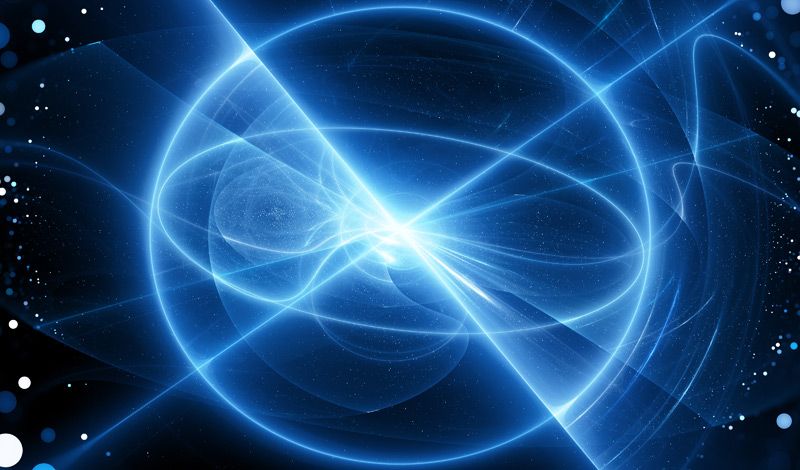
Coherence times in quantum computing have increased by orders of magnitude since the early 2000s. If this exponential progress continues, coherence times measured in seconds or even minutes could be achieved in the near future.
When discussing the latest quantum computers, most people tend to focus on the number of quantum bits (or qubits) in a system. However, while qubit counts are a very important factor, another key metric is coherence time, which measures how long a qubit can hold information.
In order to generate complex mathematical calculations, a qubit needs to hold information for as long as possible. That requires physical qubits to remain highly isolated from the surrounding environment. When a qubit is disrupted by external stimuli – such as background noise from vibrations, temperature changes or stray electromagnetic fields – information about the state of that qubit “leaks out” in a process known as decoherence. This can ruin the ability to exploit any quantum effects. Longer coherence times enable more quantum gates to be utilised before this occurs, resulting in more complex calculations.
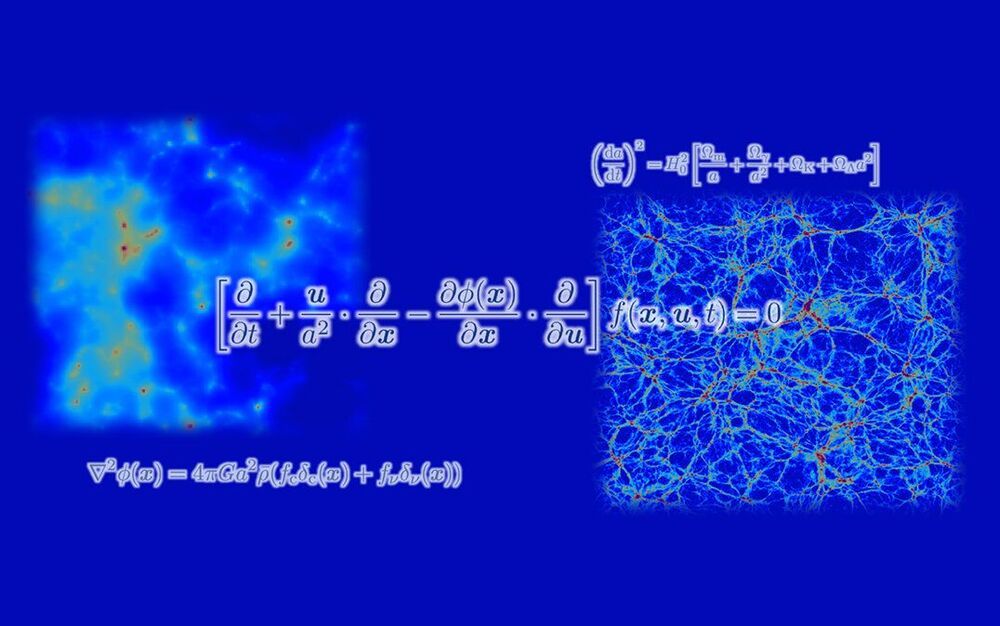
Computer simulations have struggled to capture the impact of elusive particles called neutrinos on the formation and growth of the large-scale structure of the universe. But now, a research team from Japan has developed a method that overcomes this hurdle.
In a study published this month in the Astrophysical Journal, researchers led by the University of Tsukuba present simulations that accurately depict the role of neutrinos in the evolution of the universe.
Why are these simulations important? One key reason is that they can set constraints on a currently unknown quantity: the neutrino mass. If this quantity is set to a particular value in the simulations and the simulation results differ from observations, that value can be ruled out. However, the constraints can be trusted only if the simulations are accurate, which was not guaranteed in previous work. The team behind this latest research aimed to address this limitation.